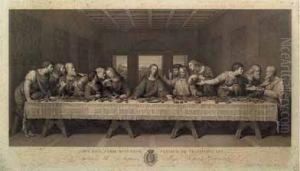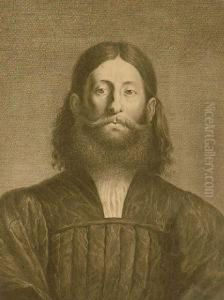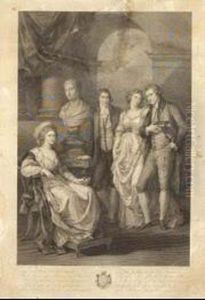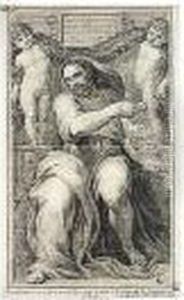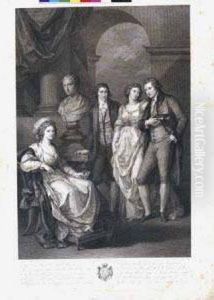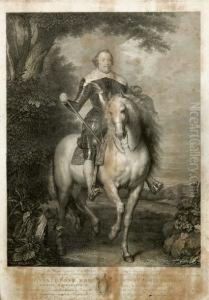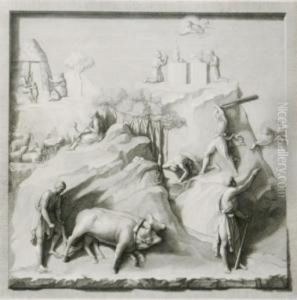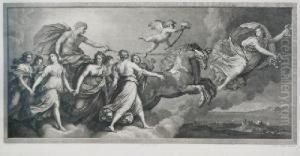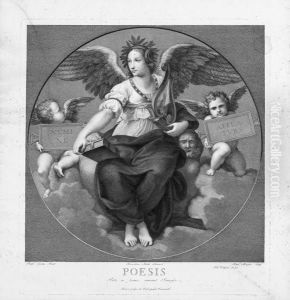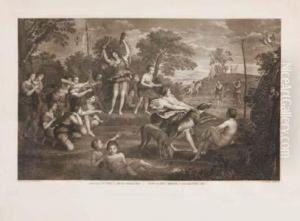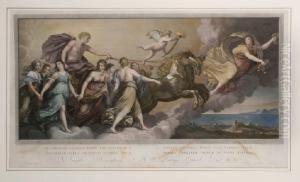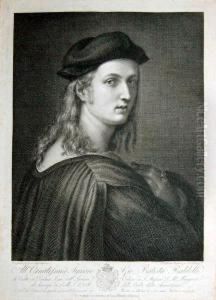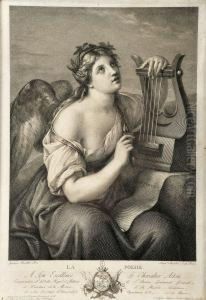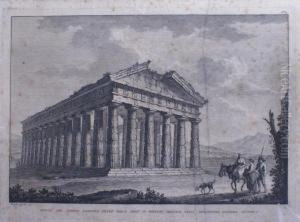Raphael Morghen Paintings
Raphael Morghen, born on June 19, 1758, in Florence, Italy, was a preeminent Italian engraver of the 18th and early 19th centuries. His work is renowned for its precision, delicacy, and the grace with which it captures the essence of the original paintings. Morghen was born into an artistic family; his father, Filippo Morghen, was also an engraver, providing Raphael with his initial training and a deeply ingrained appreciation for the arts from a young age.
Morghen's talent became evident early on, and he furthered his studies in Rome under the guidance of Giovanni Volpato, another distinguished engraver. This period was crucial for his development, as he was exposed to the works of Raphael (the painter), Michelangelo, and other Renaissance masters, whose works he would later interpret through his engravings. Morghen's reproductions, especially those of Raphael's paintings, were celebrated for their fidelity and artistry, contributing significantly to his reputation.
Throughout his career, Morghen worked on numerous prestigious projects. He is perhaps best known for his engravings of Leonardo da Vinci's Last Supper and Raphael’s Transfiguration, which are considered masterpieces of engraving art. His ability to convey the emotional depth and technical detail of these works solidified his status as one of the leading engravers of his time.
Morghen was also instrumental in the spread of Neoclassicism through his engravings. By reproducing works of contemporary Neoclassical artists, such as Antonio Canova, he played a key role in popularizing this style across Europe. His engravings were not only sought after for their beauty but also served as a means for those unable to visit the artworks in person to appreciate these masterpieces.
Despite his success, Morghen remained dedicated to his craft until his later years, passing away on April 8, 1833, in Florence. His legacy is carried on through the countless prints that continue to be admired for their technical excellence and emotional depth. Morghen’s contributions to engraving have cemented his place as a pivotal figure in the history of art, bridging the gap between the Renaissance masters and the generations that followed.
